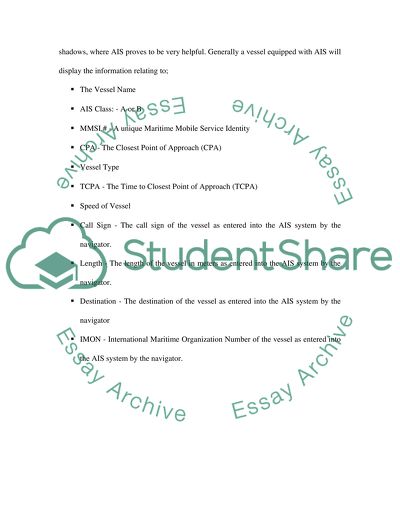Cite this document
(“The future of AIS Essay Example | Topics and Well Written Essays - 2500 words”, n.d.)
Retrieved from https://studentshare.org/miscellaneous/1527540-the-future-of-ais
Retrieved from https://studentshare.org/miscellaneous/1527540-the-future-of-ais
(The Future of AIS Essay Example | Topics and Well Written Essays - 2500 Words)
https://studentshare.org/miscellaneous/1527540-the-future-of-ais.
https://studentshare.org/miscellaneous/1527540-the-future-of-ais.
“The Future of AIS Essay Example | Topics and Well Written Essays - 2500 Words”, n.d. https://studentshare.org/miscellaneous/1527540-the-future-of-ais.


